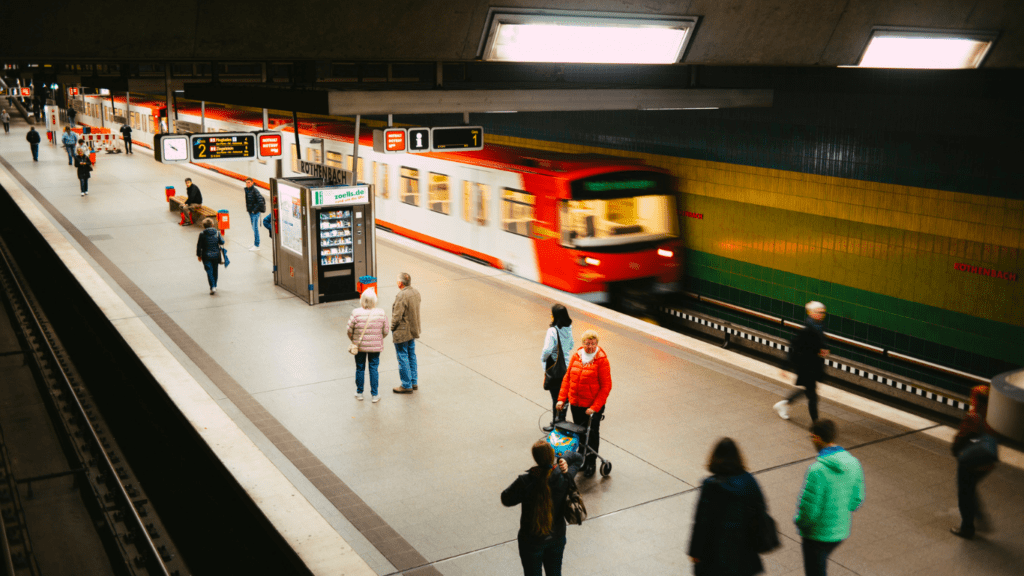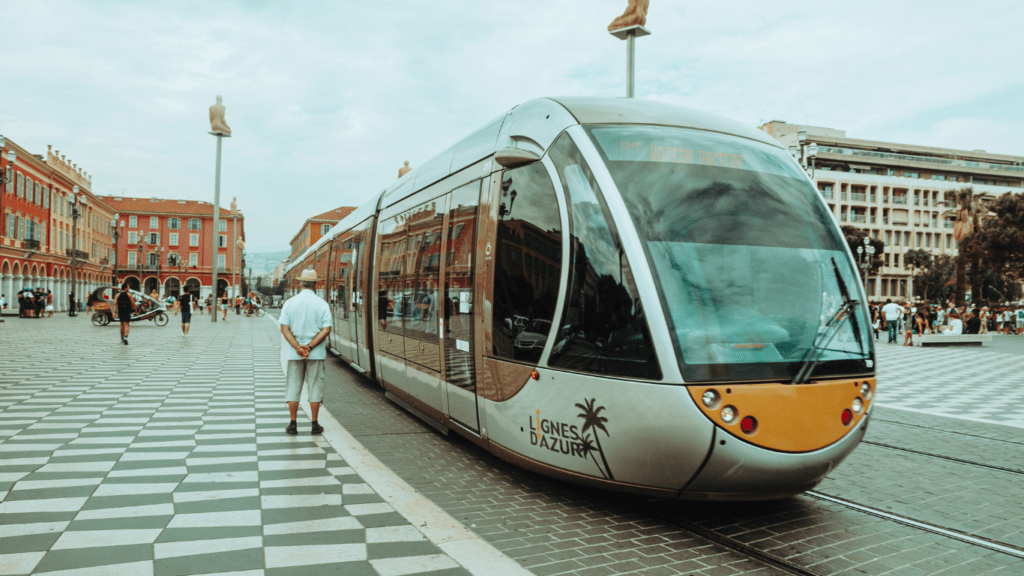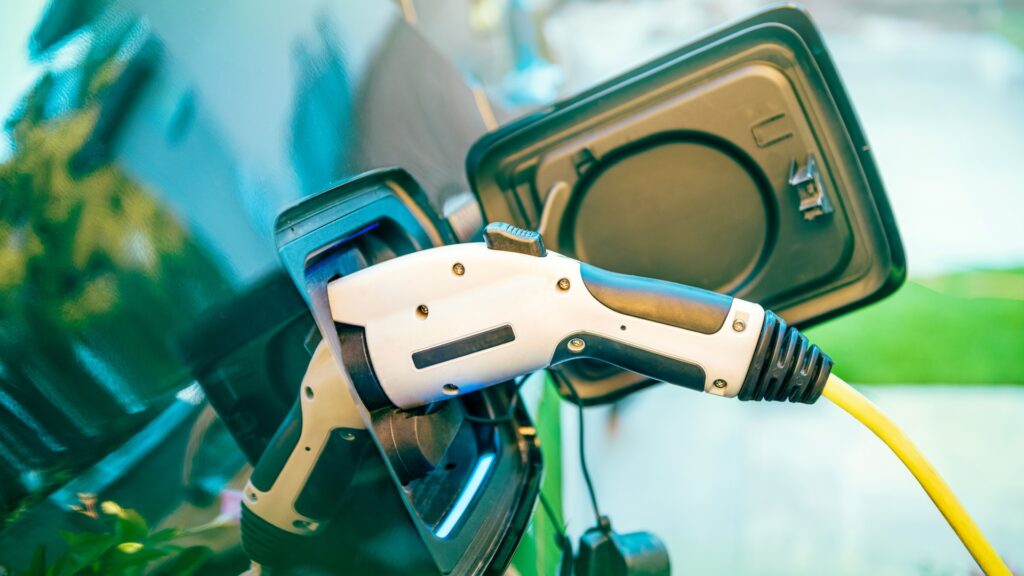Living in urban areas often means dealing with high levels of pollution. As someone passionate about sustainability, I’ve delved into the crucial role that public transportation plays in combating urban pollution. Public transit not only offers a convenient way to get around but also significantly reduces harmful emissions that contribute to air pollution.
In this article, I’ll explore how public transportation serves as a sustainable alternative to individual car usage, easing traffic congestion and lowering carbon footprints. By sharing insights on the environmental benefits of embracing buses, trains, and subways, I aim to highlight the positive impact that efficient public transit systems can have on reducing pollution levels in our cities. Join me in uncovering the transformative power of public transportation in creating cleaner and healthier urban environments.
Overview of Urban Pollution
Urban areas face significant challenges due to pollution, impacting both public health and the environment. Understanding the key sources of urban pollution is essential to address these pressing issues effectively.
Sources of Urban Pollution
I’ll delve into the various sources contributing to urban pollution. These include emissions from vehicles, industrial activities, construction work, and even household sources like cooking and heating systems. Each of these factors plays a role in degrading air quality in cities.
Impacts on Health and Environment
Next, I’ll explore the detrimental effects of urban pollution on both human health and the natural world. Poor air quality can lead to respiratory problems, cardiovascular diseases, and other health issues. Additionally, pollution negatively affects ecosystems, leading to biodiversity loss and environmental degradation. Properly managing urban pollution is crucial for creating sustainable and livable cities.
Role of Public Transportation in Urban Settings
Public Transit Options
When considering public transportation in urban settings, it’s essential to explore the various options available. Public transit systems typically include buses, trams, subways, and trains that provide efficient and cost-effective means of transportation for city dwellers. These options offer a greener alternative to individual car usage, reducing the overall carbon footprint and alleviating urban pollution levels. By encouraging the use of public transit options, cities can significantly decrease traffic congestion and mitigate harmful emissions that contribute to environmental degradation.
Adoption Rates and Public Perception
The adoption rates of public transportation in urban areas play a crucial role in reducing urban pollution. Higher adoption rates indicate a shift towards more sustainable modes of transportation, leading to decreased reliance on private vehicles and lower levels of pollution. Public perception also plays a significant part in this shift, as positive attitudes towards public transit can influence individuals’ choices regarding their daily commute. By promoting the benefits of public transportation, such as cost savings, convenience, and environmental preservation, cities can improve adoption rates and foster a culture of sustainability among their residents.
Benefits of Public Transportation for Reducing Pollution
Public transportation plays a vital role in mitigating urban pollution by offering a more sustainable travel option compared to individual car use. Let’s delve into the specific advantages public transportation provides in reducing pollution.
- Reduction in Air Pollutants
Taking public transportation instead of driving alone can significantly decrease the emission of harmful air pollutants into the atmosphere. By consolidating the number of vehicles on the road, public transit helps lower levels of pollutants like carbon monoxide and nitrogen oxides that contribute to poor air quality in urban areas. - Decrease in Noise Pollution
In addition to curbing air pollution, public transportation contributes to the reduction of noise pollution in cities. The collective use of buses, subways, and trains diminishes the overall noise generated by individual cars, leading to quieter and more peaceful urban environments. This reduction in noise pollution not only enhances residents’ quality of life but also contributes to a healthier and more sustainable cityscape.
Challenges and Limitations
Public transportation, despite its undeniable benefits, faces several challenges and limitations that hinder its widespread adoption and effectiveness.
Funding and Infrastructure
Insufficient funding and inadequate infrastructure pose significant challenges to the expansion and improvement of public transportation systems. Limited financial resources can lead to outdated vehicles, poorly maintained facilities, and irregular service intervals, impacting the overall quality and attractiveness of public transit. Inadequate infrastructure, such as lack of dedicated bus lanes or subway extensions, can result in overcrowding, delays, and inefficiencies, discouraging commuters from choosing public transportation as their primary mode of travel.
Public Transit Efficiency and Coverage
The efficiency and coverage of public transit networks are essential factors that influence their success in reducing urban pollution. Inefficient routes, long waiting times, and overcrowded vehicles can deter individuals from using public transportation, pushing them towards more polluting options like private cars. Limited coverage areas may exclude certain communities from accessing public transit services, forcing them to rely on personal vehicles, contributing to increased pollution levels in urban areas. Improving the efficiency and expanding the coverage of public transportation systems are crucial steps in overcoming these challenges and promoting sustainable commuting practices.
Case Studies
Success Stories from Major Cities
In major cities worldwide, the implementation of efficient public transportation systems has led to notable improvements in reducing urban pollution. For example, in London, the introduction of the congestion charge alongside the expansion of the tube network has significantly decreased traffic congestion and air pollution levels. It’s estimated that the congestion charge has reduced car traffic by nearly 30%, emphasizing the positive impact of public transit initiatives on pollution reduction.
Similarly, cities like Curitiba, Brazil, have successfully integrated Bus Rapid Transit (BRT) systems, prioritizing dedicated bus lanes and efficient service routes. This approach has not only enhanced public transportation efficiency but has also contributed to a substantial reduction in greenhouse gas emissions and air pollution. The success of Curitiba’s BRT system serves as a model for sustainable urban transportation planning globally, showcasing the positive outcomes of prioritizing public transit over private vehicles.
Comparative Analysis of Cities Before and After Public Transit Improvements
Analyzing cities before and after the implementation of public transit improvements reveals significant changes in pollution levels and sustainability. For instance, a comparative study of Stockholm, Sweden, demonstrated a notable decrease in CO2 emissions following the introduction of congestion pricing and extensive public transport enhancements. The shift towards eco-friendly transportation modes has resulted in cleaner air quality and reduced environmental impact in the city.
Contrastingly, cities like Los Angeles, known for heavy traffic congestion and associated pollution, have undertaken ambitious public transit development projects to combat urban pollution. With the expansion of metro lines and the introduction of electric buses, Los Angeles has made strides in reducing greenhouse gas emissions and promoting sustainable commuting options. The comparative analysis underscores the crucial role of robust public transportation systems in mitigating urban pollution and fostering long-term environmental sustainability.
Policy Implications and Future Directions
As we delve into the policy implications and future directions regarding public transportation and its impact on urban pollution, it is evident that government policies play a crucial role in supporting and enhancing public transit systems.
Government Policies Supporting Public Transit
Government policies that prioritize and invest in public transportation infrastructure have a significant positive impact on reducing urban pollution. Measures such as subsidies for public transit agencies, tax incentives for using public transport, and strict emissions standards for vehicles help promote the shift towards greener commuting options. By allocating resources to improve the quality and accessibility of public transportation, governments can encourage more people to opt for buses, trains, and subways over private vehicles, ultimately leading to a reduction in harmful emissions and traffic congestion.
Innovations and Technological Advances in Public Transportation
Innovations and technological advances in public transportation are driving positive changes in urban mobility and sustainability. The integration of smart technologies, such as real-time tracking systems, contactless payment options, and electric vehicles, not only enhances the efficiency and convenience of public transit but also contributes to lowering carbon emissions. Implementing eco-friendly initiatives like electric buses, bike-sharing programs, and alternative fuel sources not only reduces environmental impact but also fosters a more sustainable and eco-conscious commuting culture. Collaborations between government agencies, private companies, and research institutions play a vital role in fostering innovation and pushing public transportation towards a greener and more efficient future.




